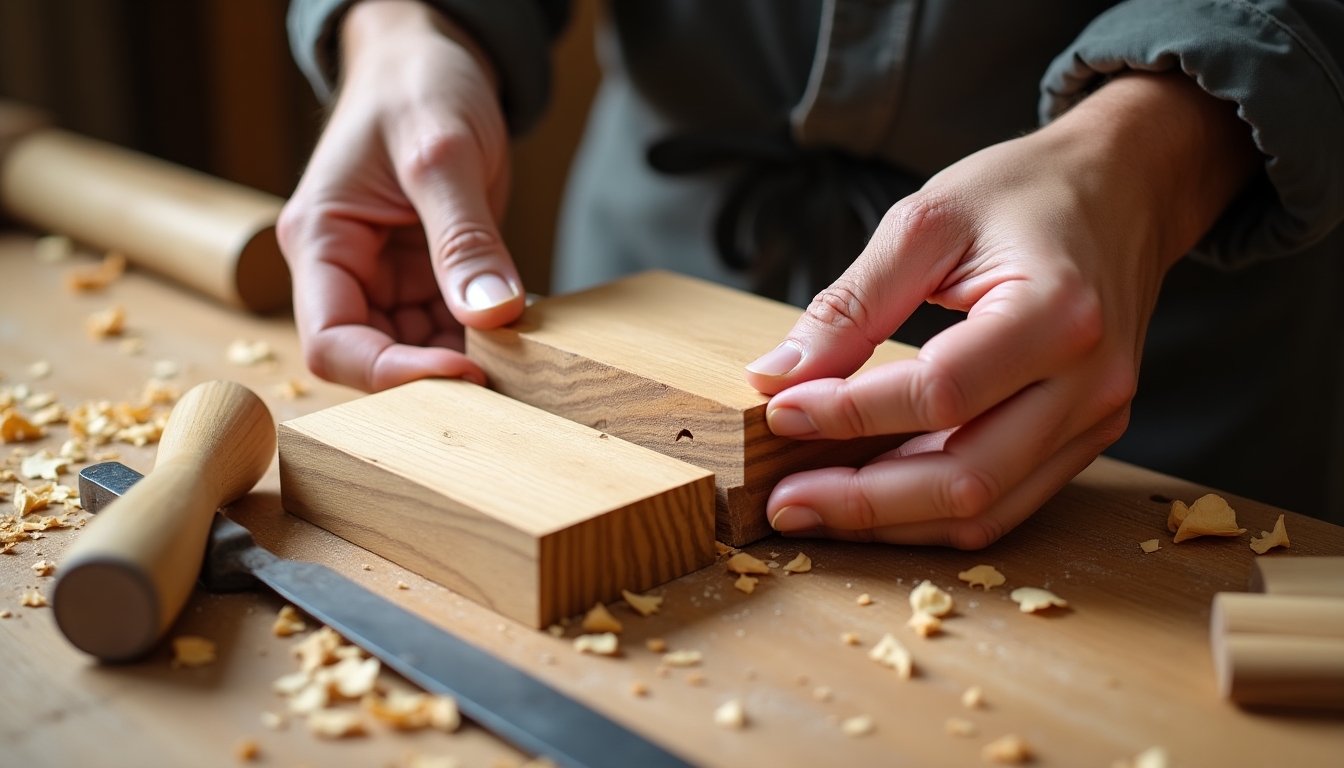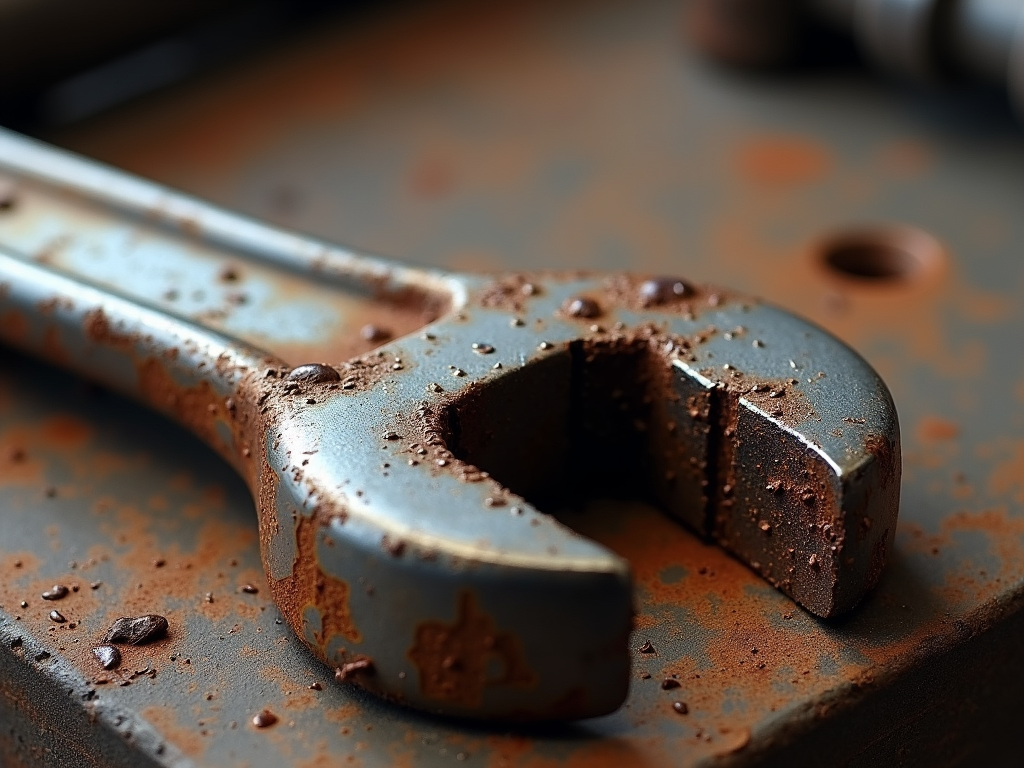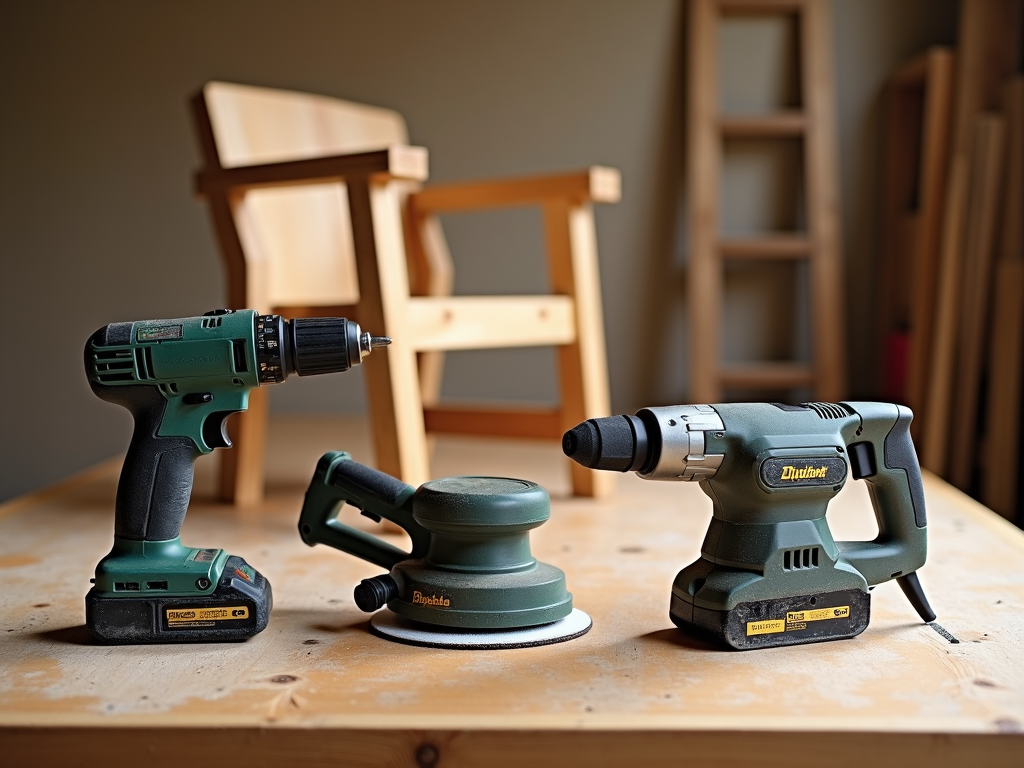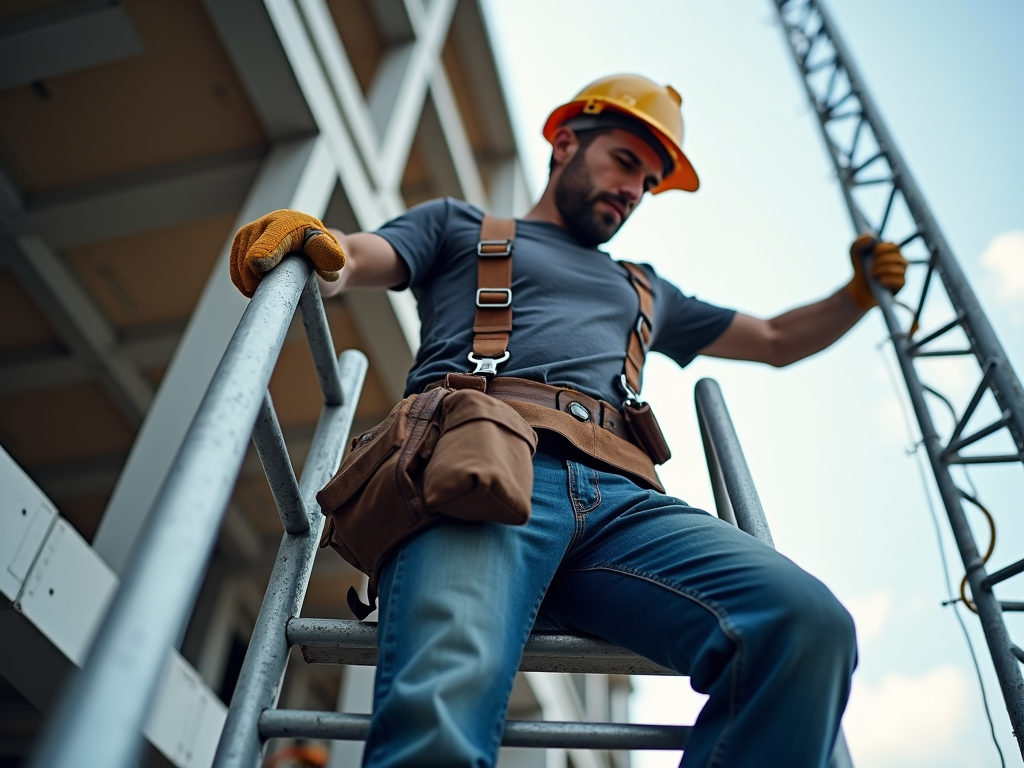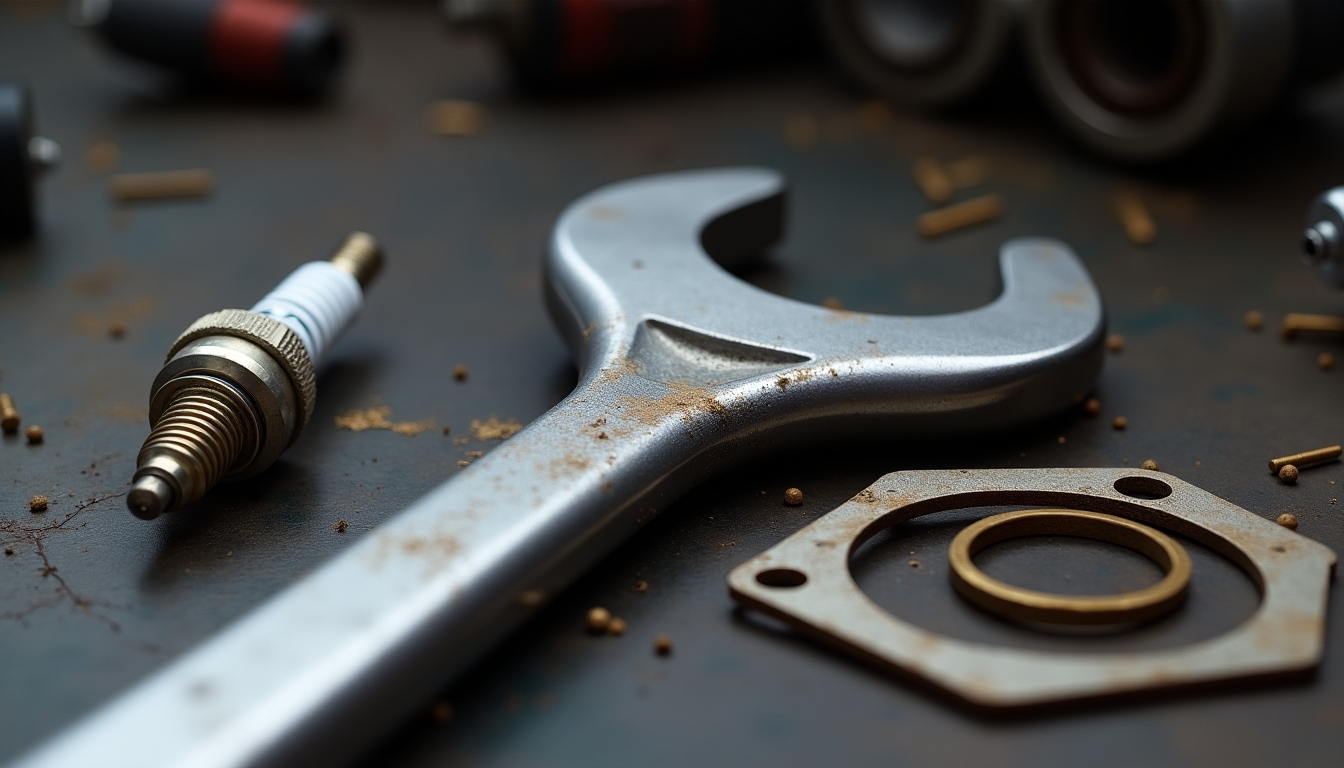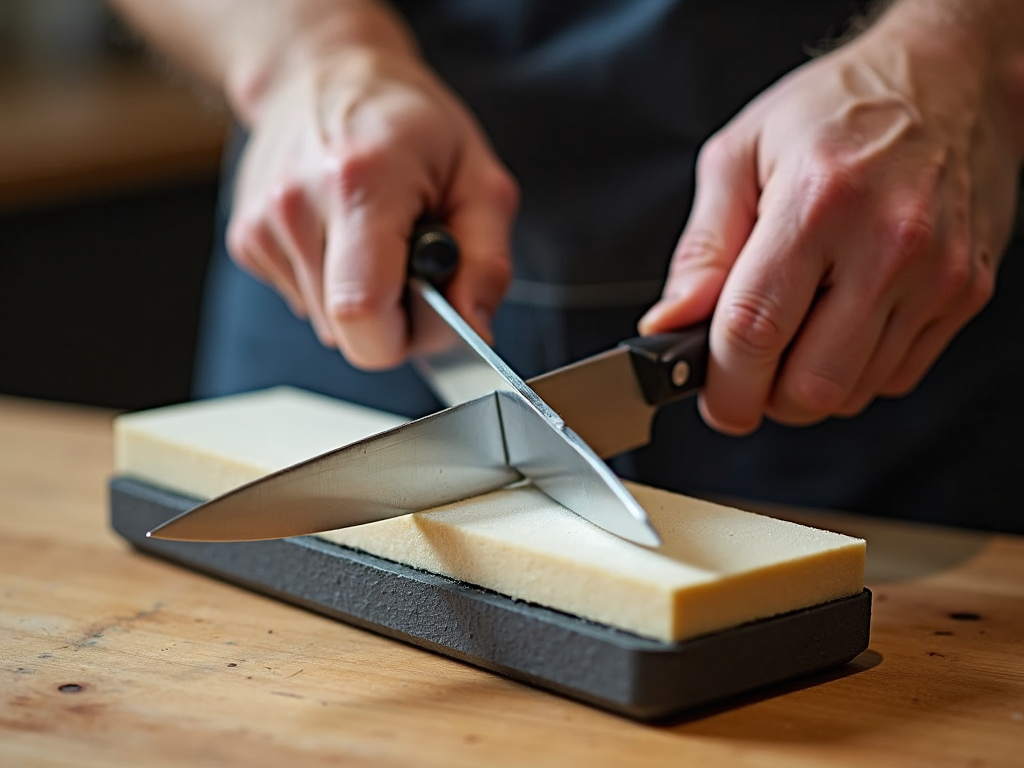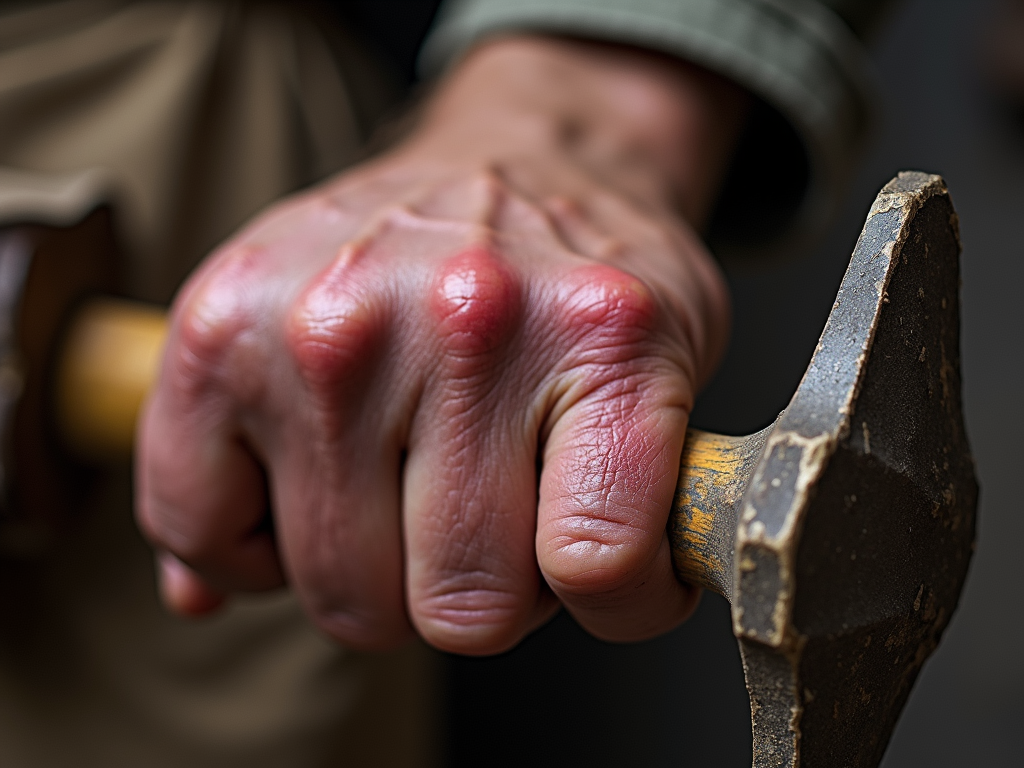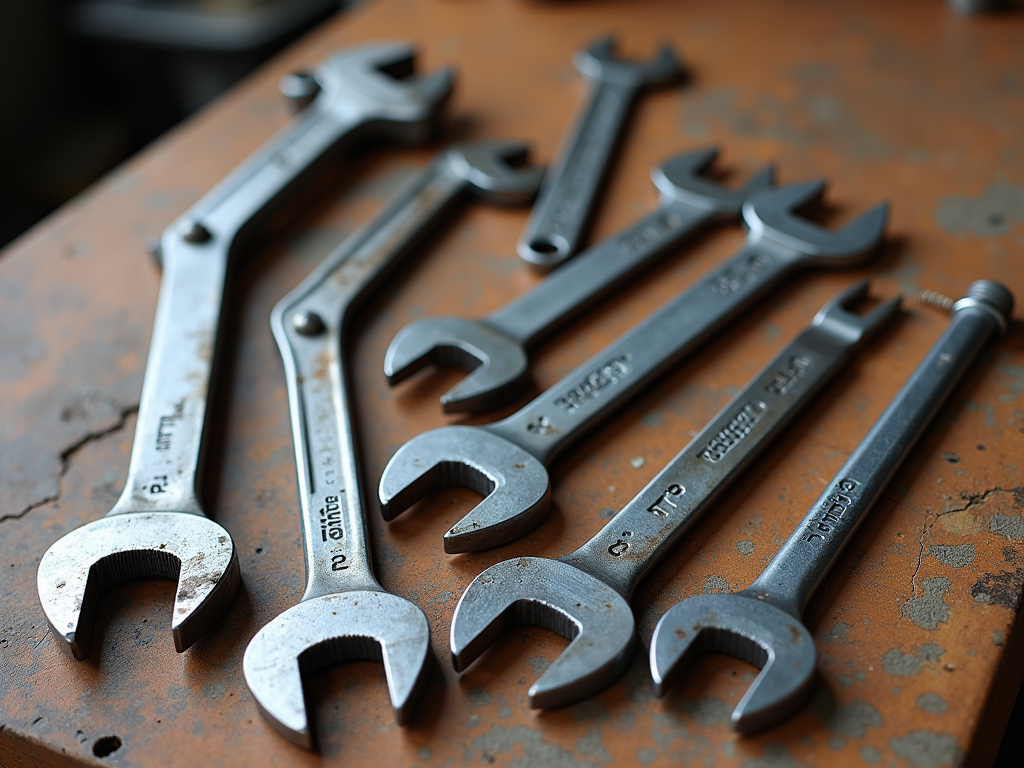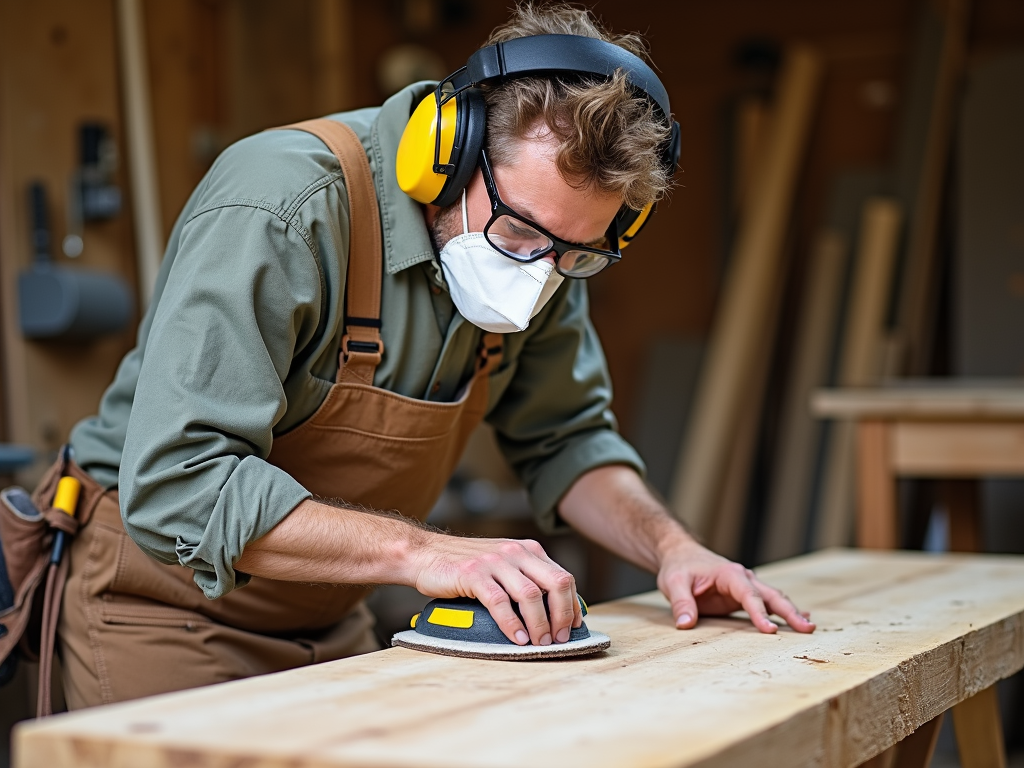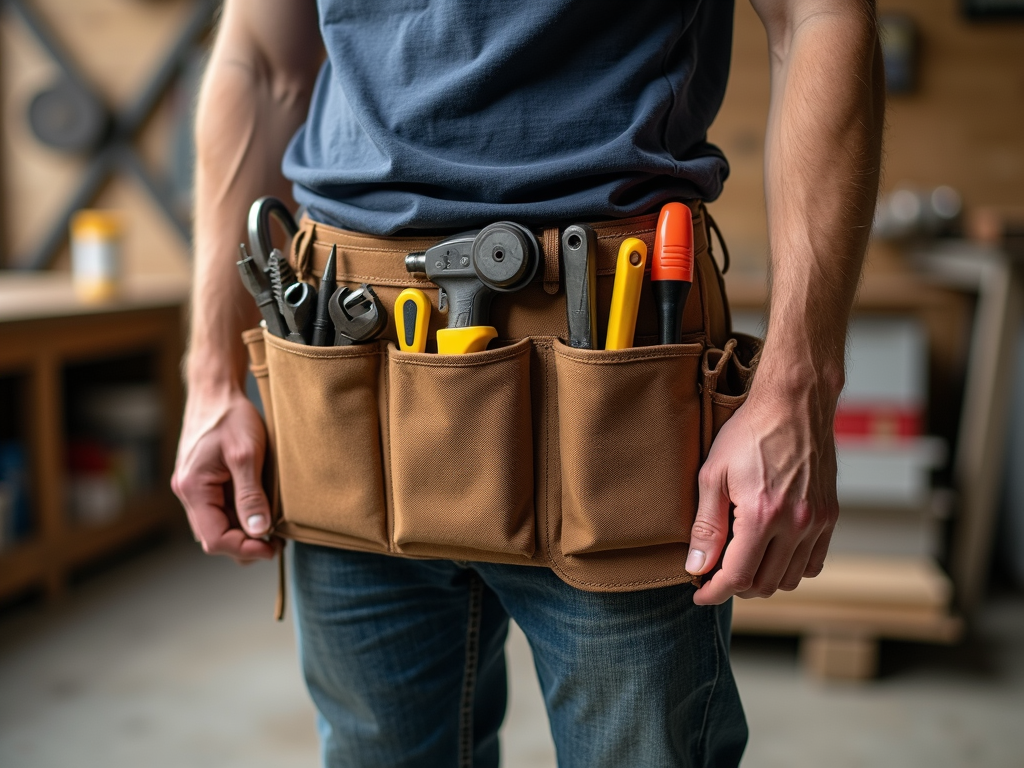Starting a DIY project is thrilling—think of building your own shelf or fixing a wobbly chair. But without the right tools, excitement can turn into frustration fast. This guide covers the Top 10 Must-Have Tools for DIY Beginners, helping you work smarter, safer, and with confidence.
You don’t need a garage full of gear to begin. A few key items can handle most home projects. We’ll break down each tool, share tips from real experience, and show you how to pick the best ones. Ready to dive in?
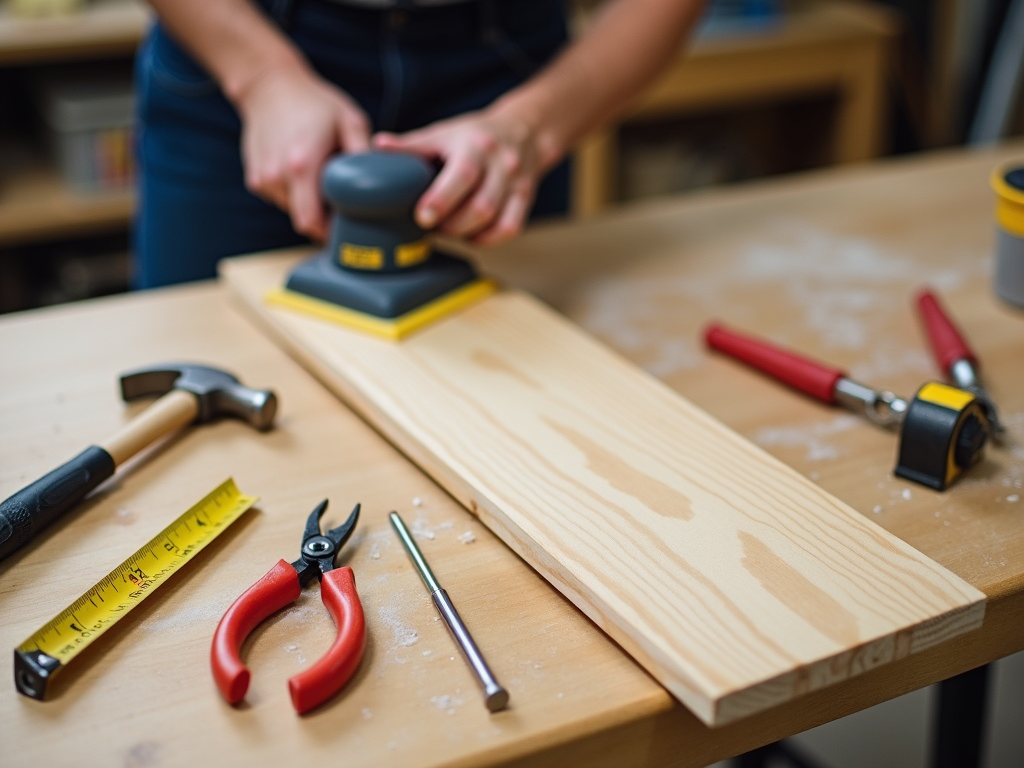
1. Hammer
Hammers are the backbone of any toolkit. They drive nails into wood, pull them out, or even break apart small pieces. A 16-ounce claw hammer is perfect for beginners—light enough to handle, strong enough for most jobs.
How to Use a Hammer Safely
Grip the handle near the end for power. Swing with your wrist, not your whole arm, and hit the nail square. Wear safety glasses—trust me, I’ve had a nail bounce back once, and it’s not fun. For more, check out this safety guide from OSHA.
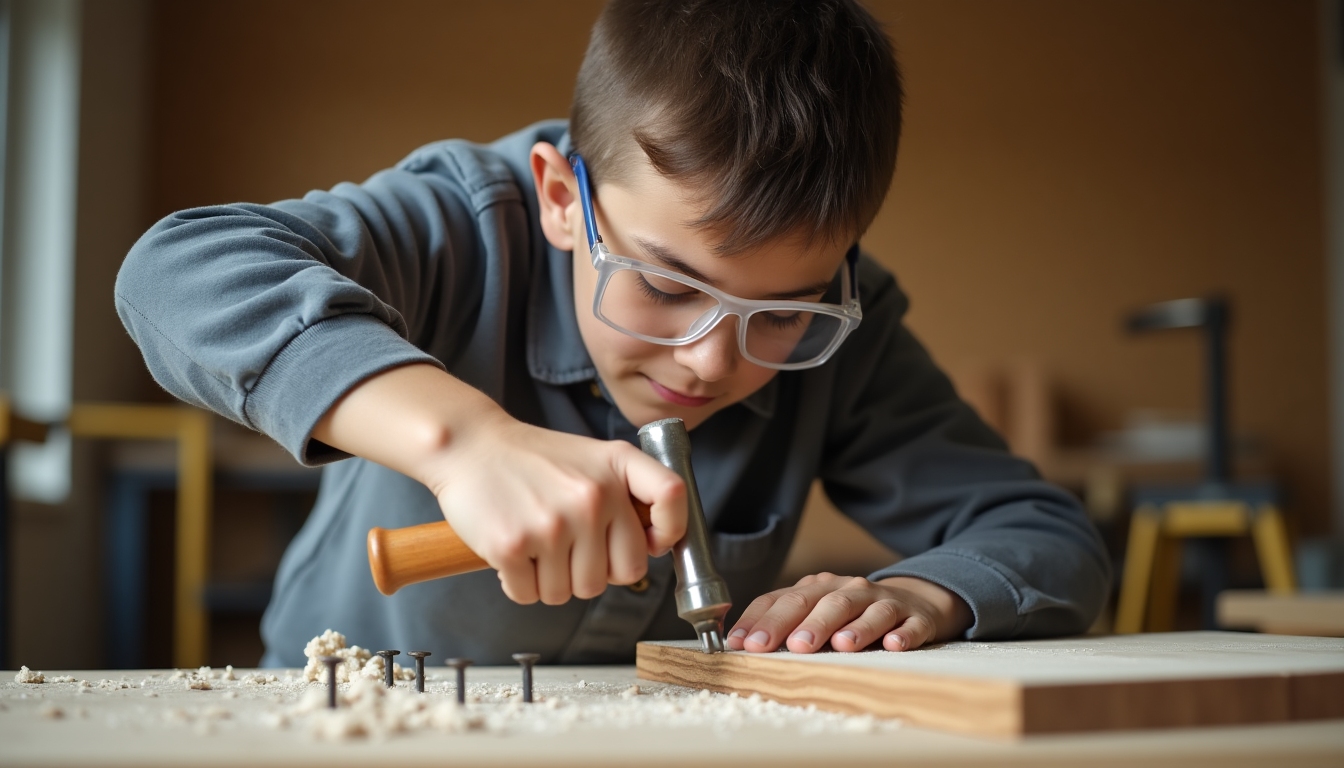
2. Screwdriver Set
Screws are everywhere—furniture, appliances, you name it. A set with flathead and Phillips screwdrivers in small and medium sizes covers most tasks. I once struggled with a tiny screw until I got a magnetic-tip set. Game-changer.
Look for comfy handles. You’ll be twisting a lot, and a good grip saves your hands. Start with a 4-piece set; it’s plenty for now.
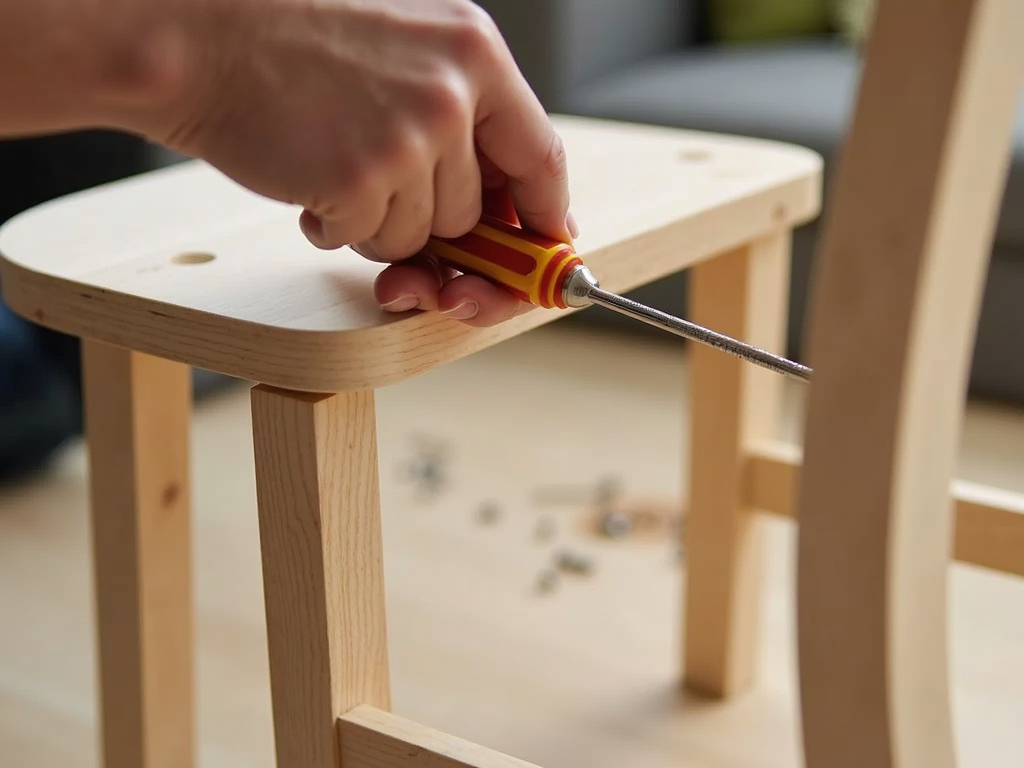
3. Tape Measure
Ever cut a board too short? I have. A 25-foot tape measure prevents that. It’s long enough for big projects but easy to carry. Get one with a lock button—you’ll thank me when you’re measuring alone.
Mark with a pencil, not a pen. Wood moves, and pencil erases. Accuracy matters more than you think.
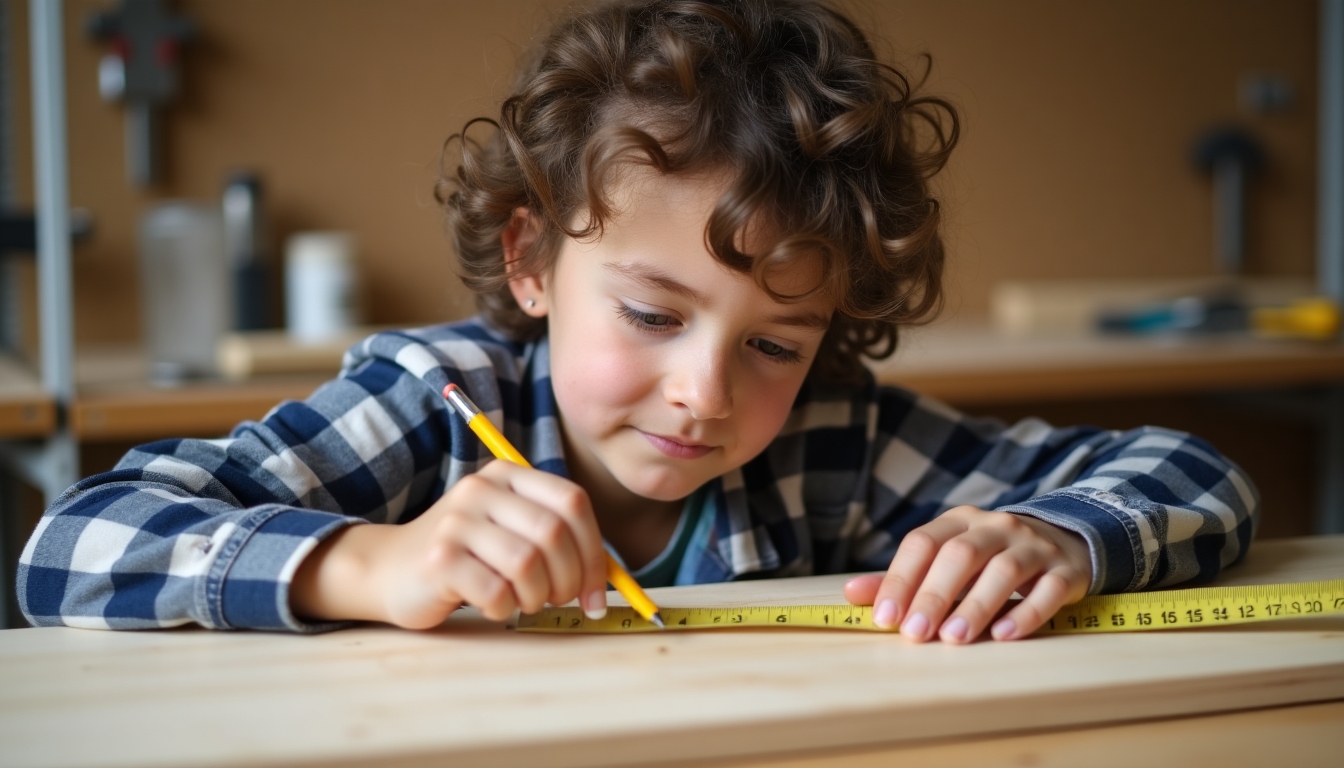
4. Utility Knife
This little blade cuts cardboard, drywall, even carpet. I used mine to trim wallpaper my first time—it’s sharper than scissors and more precise. Pick one with a retractable blade for safety.
Keep extra blades handy. A dull knife is dangerous—it slips. Cut away from yourself, always.
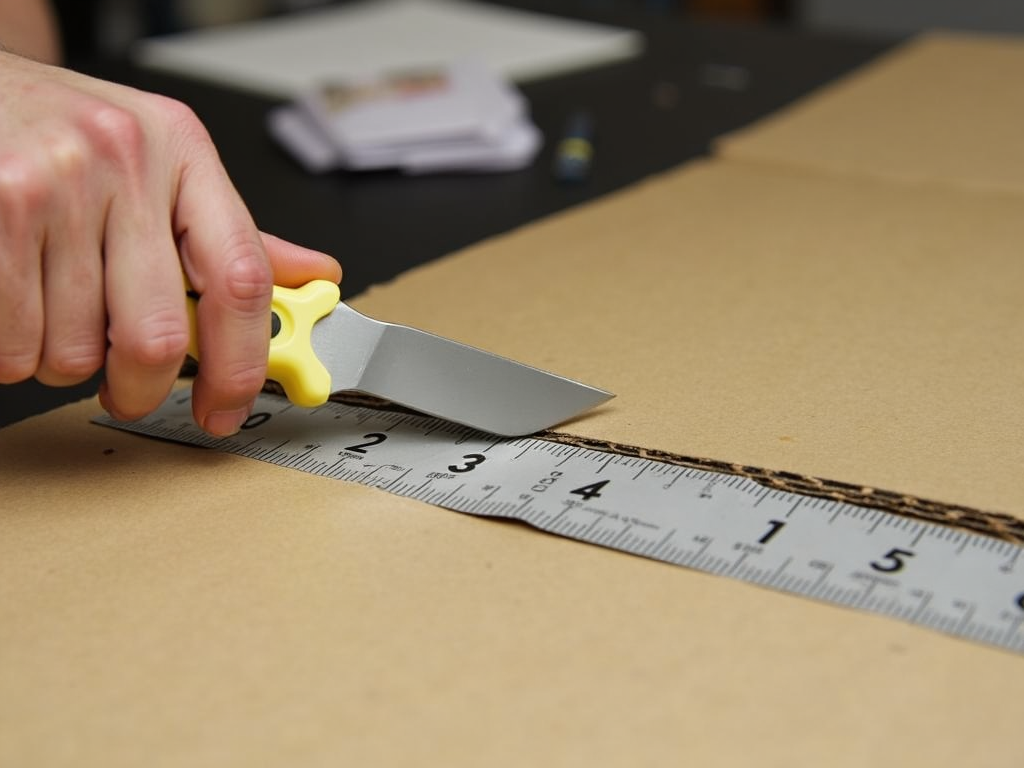
5. Pliers
Pliers grab, bend, and cut. A basic set—needle-nose for tight spots, slip-joint for bigger grips—handles most jobs. I fixed a loose wire with needle-nose pliers once; they’re like an extra hand.
Test the spring action. Stiff pliers tire you out fast. Good ones feel smooth and easy.
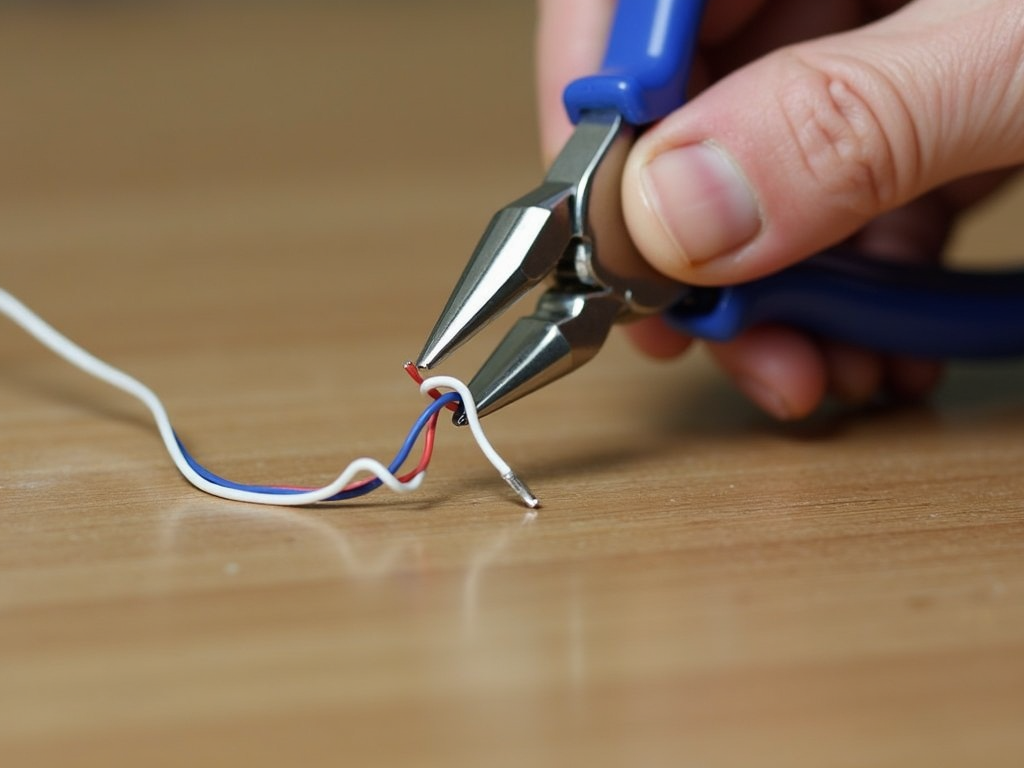
6. Level
Crooked shelves scream amateur. A 2-foot bubble level keeps things straight. I hung a picture frame without one my first try—let’s just say it wasn’t pretty. Lasers are fancy, but bubbles work fine.
Check both horizontal and vertical. Walls aren’t always true, so trust the tool.
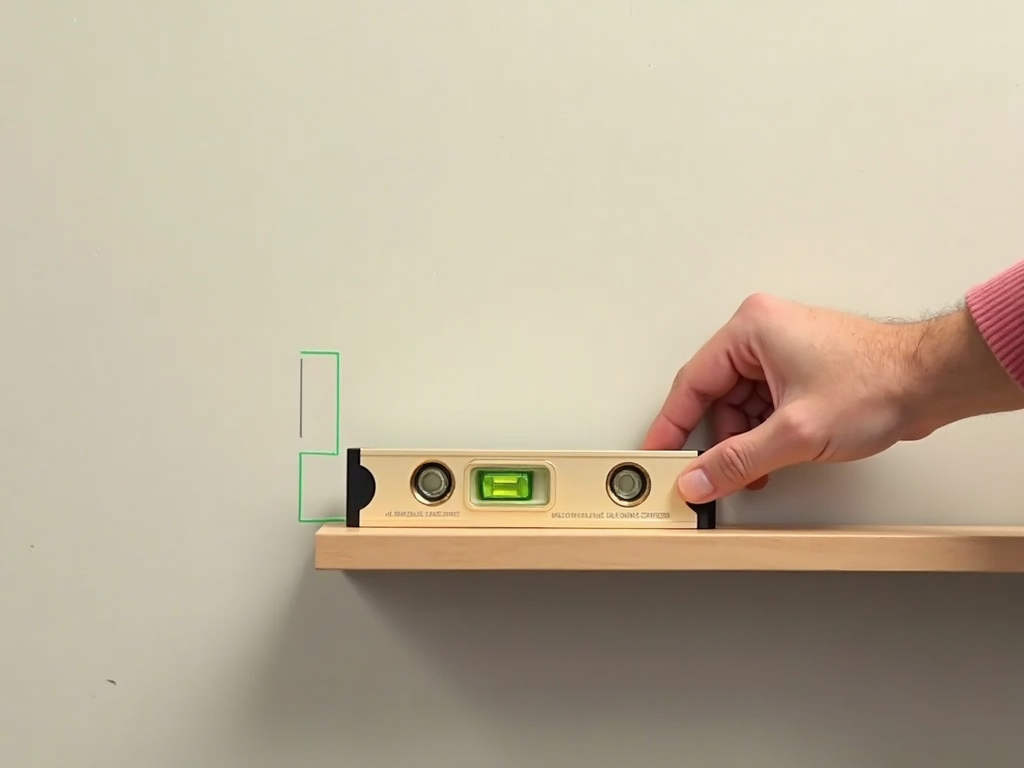
7. Cordless Drill
Drills make holes and drive screws fast. My cordless drill saved hours building a desk—corded ones tangle. Get one with a clutch to control power and a basic bit set.
Practice on scrap wood. Too much speed splits boards. Start slow, build confidence.
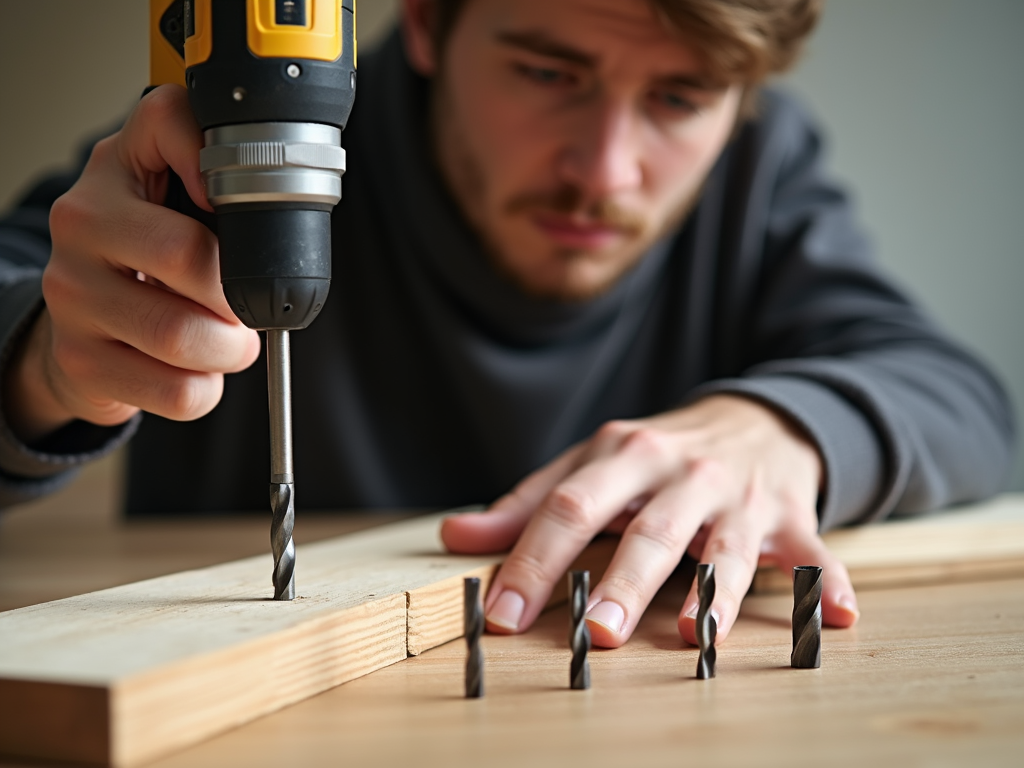
8. Safety Gear
Tools are useless if you’re hurt. Safety glasses, gloves, and ear plugs are must-haves. I skipped gloves once and got a splinter that sidelined me for days. Don’t risk it.
Add a dust mask for sawing. Lungs matter. Spend a little here—it’s worth it.
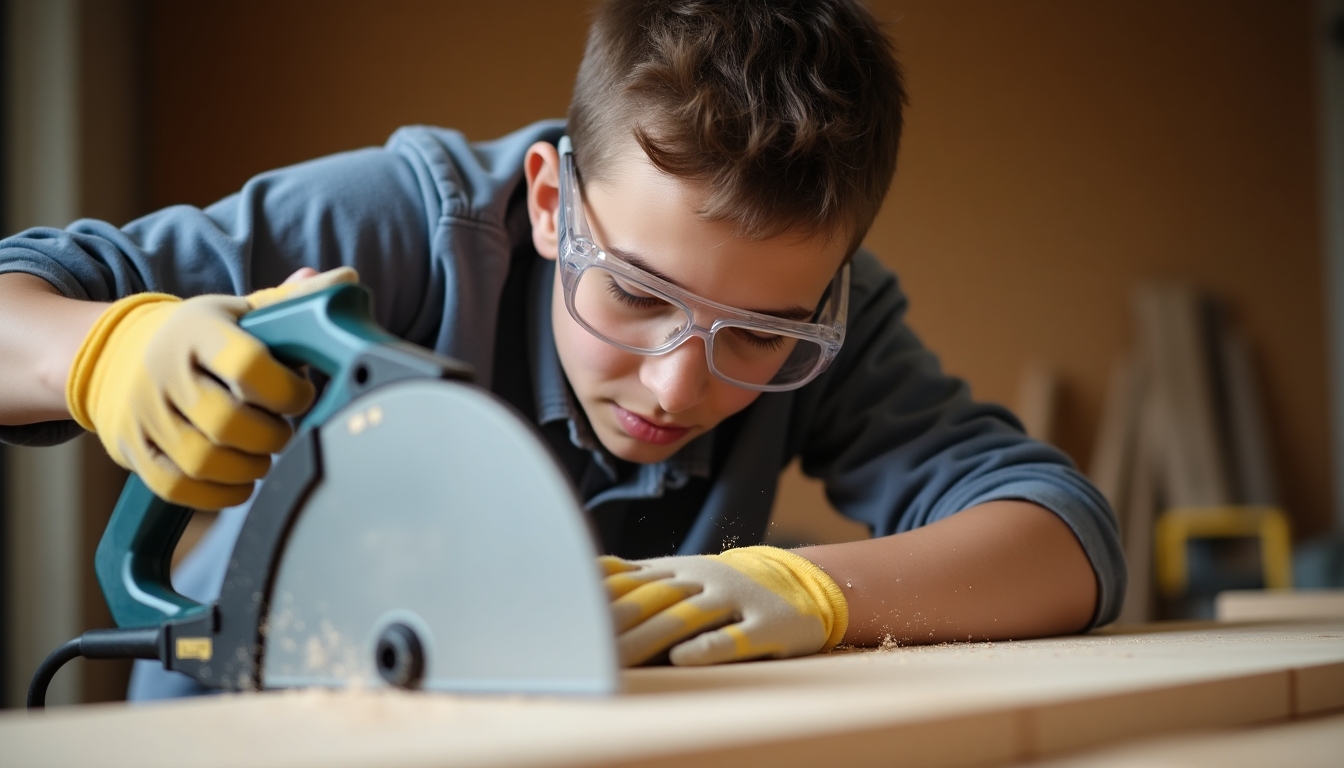
9. Adjustable Wrench
Nuts and bolts need turning. An adjustable wrench fits different sizes—great for bikes or sinks. I tightened a faucet with one; no leaks since. Snug it tight to avoid slipping.
Clean it after use. Rust kills tools. A quick wipe keeps it ready.
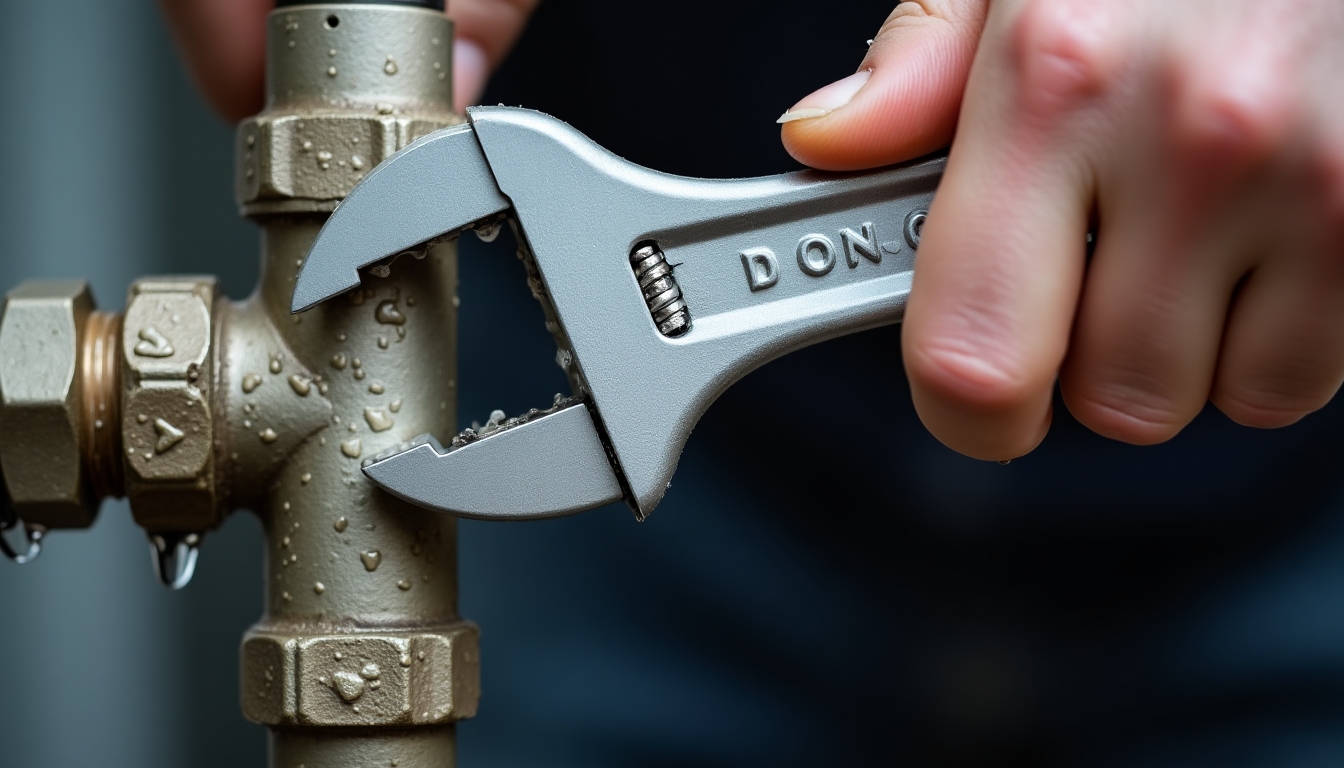
10. Toolbox
Tools rolling around get lost or damaged. A toolbox with compartments keeps them tidy. My first was a cheap plastic one—it cracked. Get something sturdy with a handle.
Label spots for each tool. Finding stuff fast saves time mid-project.
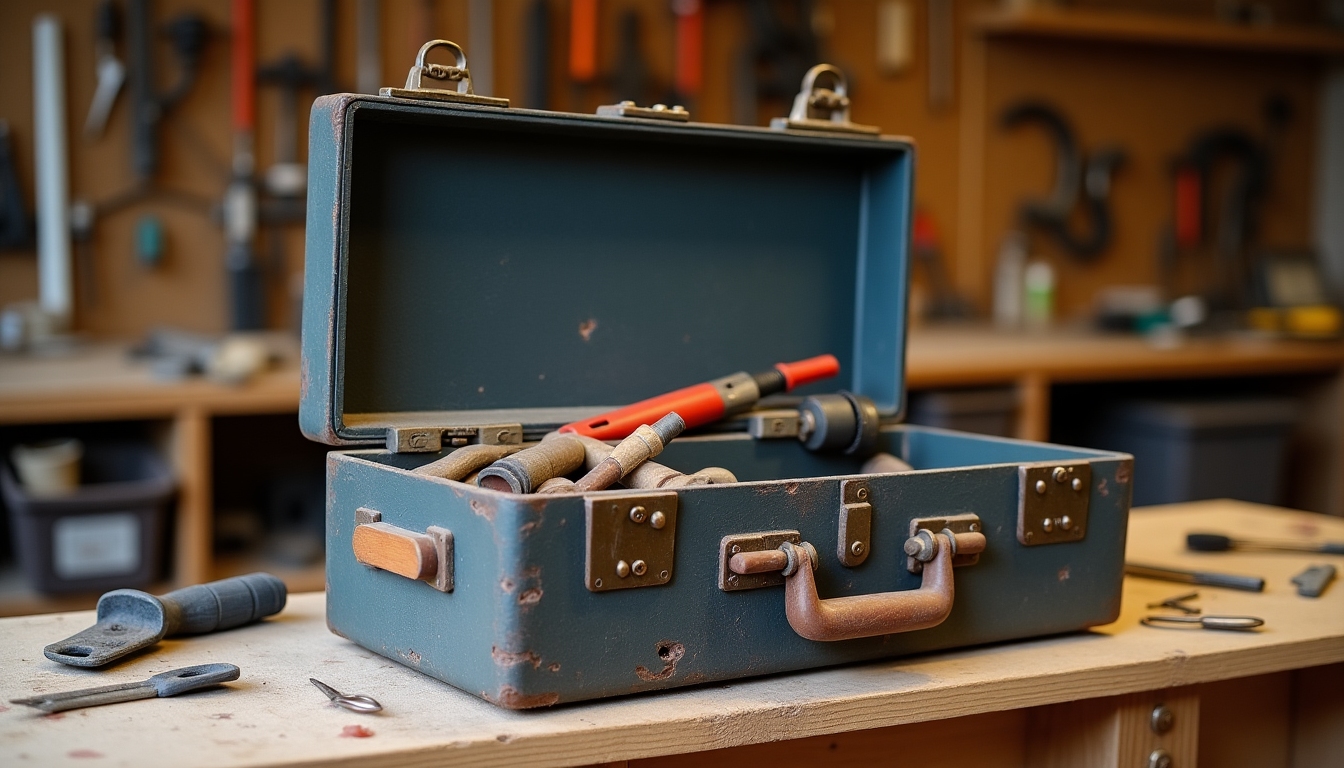
Picking the Best Tools
The Top 10 Must-Have Tools for DIY Beginners aren’t about quantity—it’s quality. Read reviews, feel the weight in your hand. I wasted money on a flimsy hammer once; it bent on the first job. Learn from that.
Tips from Experience
- Budget Smart: Spend on essentials first, add later.
- Brands Matter: Stanley or Craftsman last years.
- Test It: If it feels awkward, skip it. See The Ultimate Guide to Purchasing Workman Tools for more.
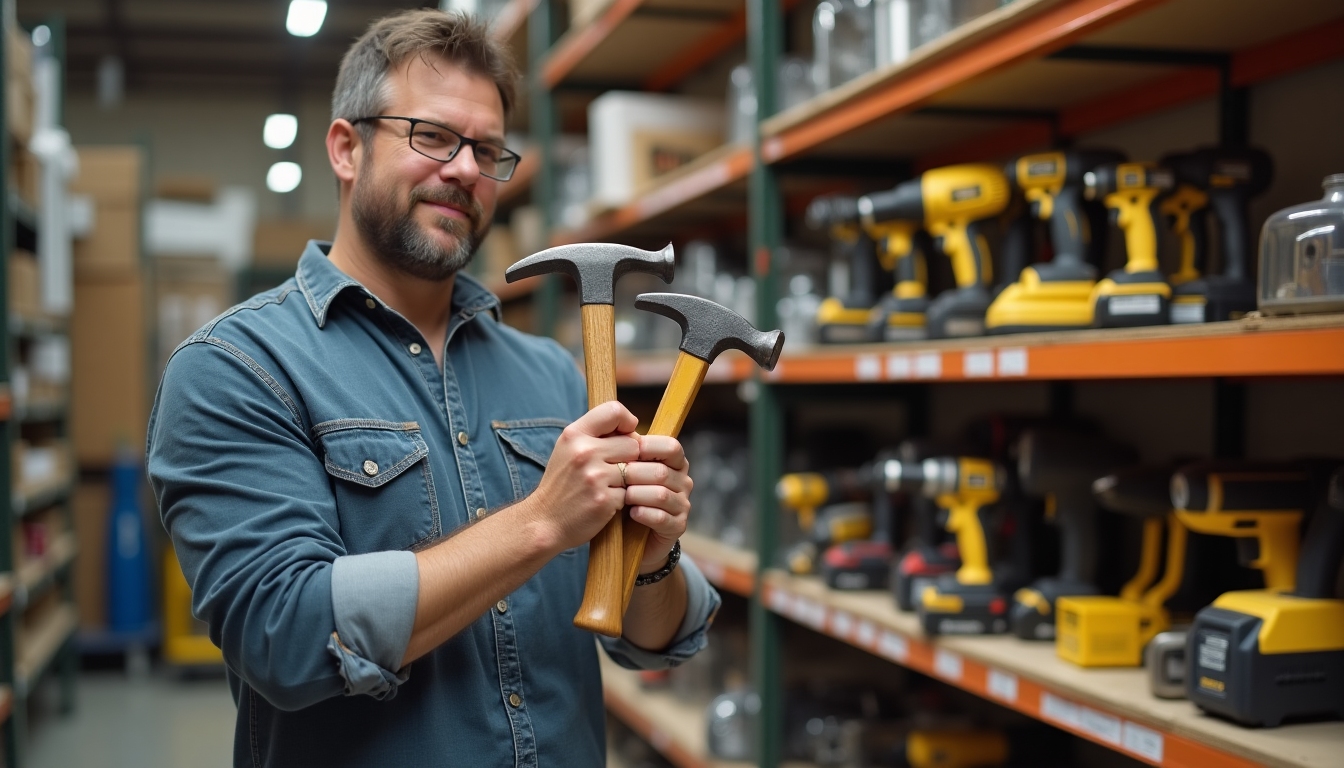
Why These Tools?
I started with a borrowed hammer and a rusty screwdriver. My first shelf leaned like a drunk tower. These 10 tools fixed that. They’re simple, versatile, and grow with you. Every project teaches something—like how a level saves embarrassment.
Don’t overthink it. Start small, build skills. A good tool feels right and works hard. That’s the secret.
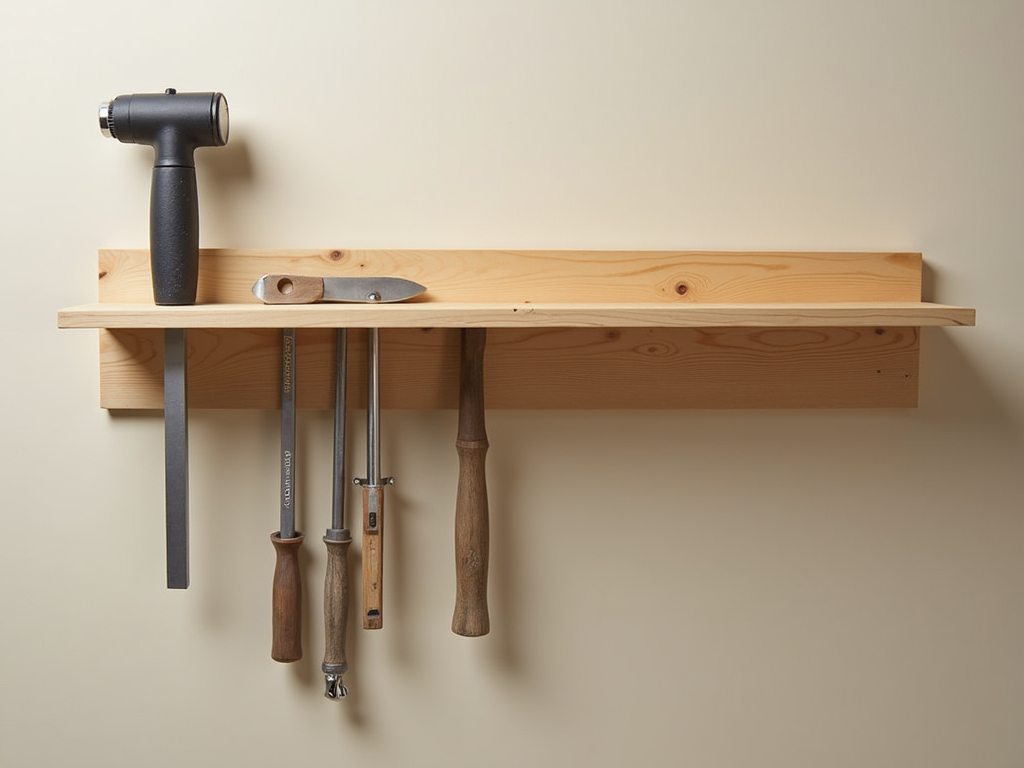
Wrapping Up
The Top 10 Must-Have Tools for DIY Beginners set you up for success. Hammers nail ideas into reality; drills speed things up; safety gear keeps you going. Start with these, practice, and enjoy the ride. Your next project’s waiting!
Related Top 10 Must-Have Tools for DIY Beginners:
- Advanced Woodworking Techniques for Enthusiasts
- How to Maintain and Store Wrenches: A Comprehensive Guide
- How to Choose the Right Power Tool for Your Project
- Understanding OSHA Safety Regulations for Construction Sites
- The Ultimate Guide to Table Saws with User-Friendly Features
- Understanding Torque Wrench Basics
- How to Sharpen Your Cutting Tools: The Ultimate Guide to Workshop Equipment Maintenance
- Preventing Injuries with Smart Tool Choices: A Guide to Worker Safety and Efficiency
- Types of Wrenches for Different Jobs: A Comprehensive Guide
- Beginner’s Guide to Woodworking Safety
- Revolutionizing Industry: Advanced Electrical Tools for Automation
- The Ultimate Guide to Hand Tools
